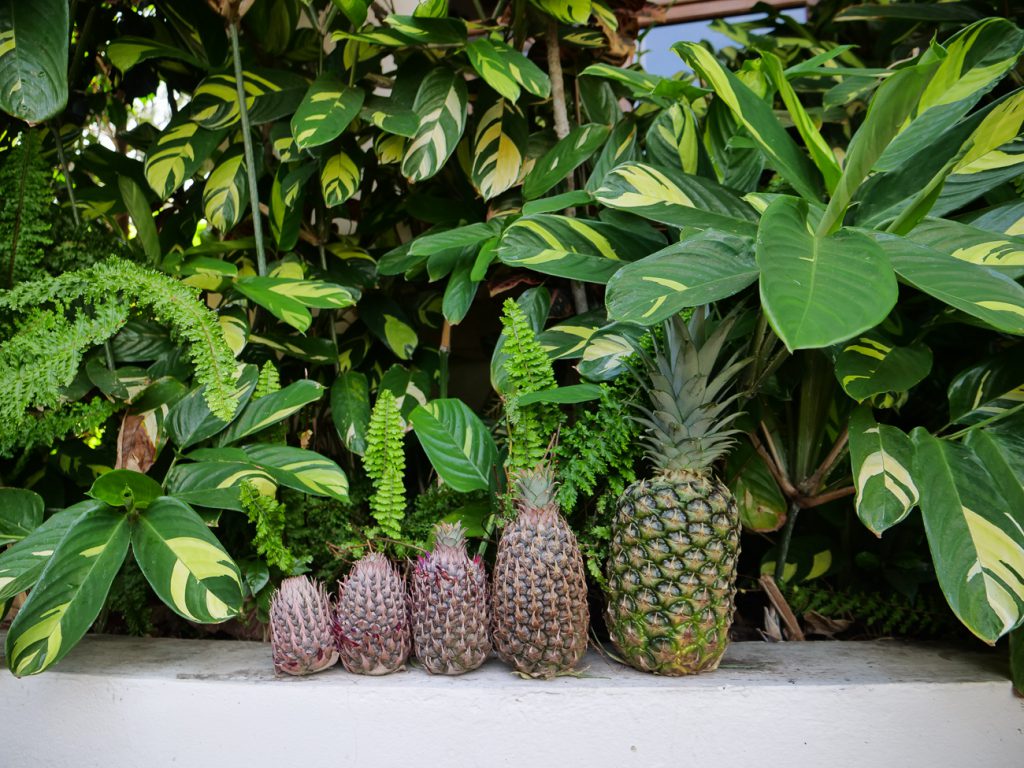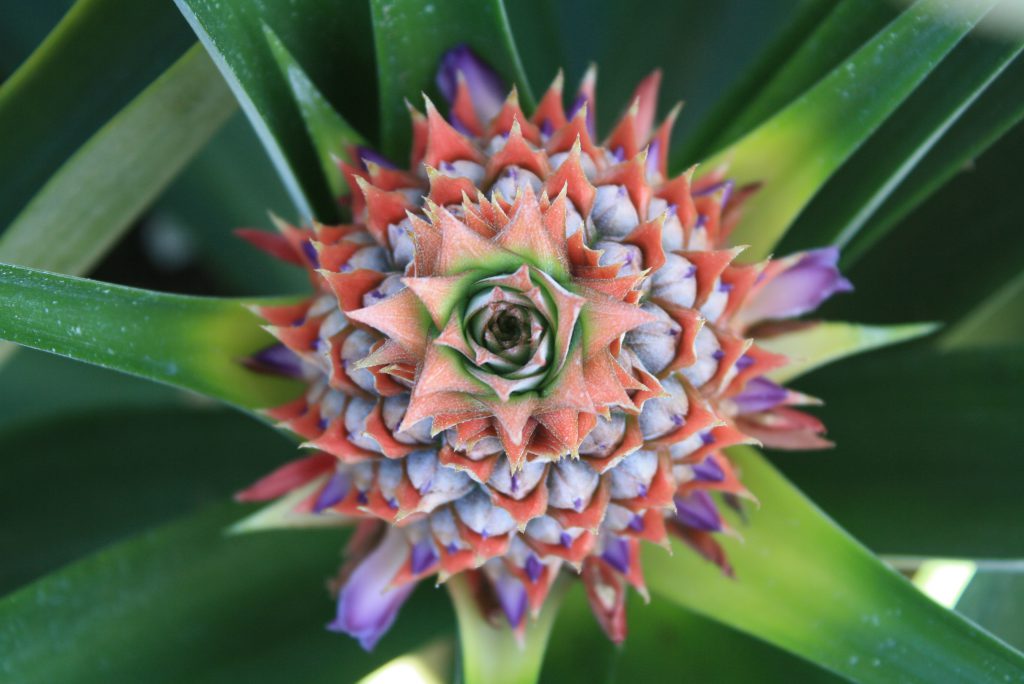
The Stages of the Pineapple Growth Process
Whether you’re growing pineapple on a farm or cultivating it in your backyard, pineapples go through several stages before becoming the fruit we know and love. While the hearty plant can be grown practically anywhere, including in indoor pots, and requires little care once rooted, it can take time to get it to flower and produce fruit. Read on to discover each step of the pineapple life cycle and how we keep our pineapples on track to be perfect each and every time.
Step One: Planting and Rooting
Pineapple seeds don’t look like those found in an orange or apple – instead, pineapples grow from the crowns or offshoots produced from previous crops. At Chestnut Hill Farms, we carefully select the strongest seeds to be used for our next crop. These are then planted in uniform rows, ensuring the plants each receive the same amount of nutrition and sunlight.
The best part about pineapple seeds is that you can use them too. Replanting a pineapple is easy – simply chop off the crown of your pineapple and ensure there is no fruit remaining on it. Place it in soil and keep it moist but well-drained. It takes between 6 to 8 weeks for the plant to begin to put down roots. At this point, make sure the plant receives plenty of light and fertilize it once a month.
Step 2: Flowering and Fruiting

The pineapple plant will begin to flower from the center, with spiky leaves surrounding it. What looks like a single flower is actually many tiny ones – as these grow, they eventually fuse together to create one fruit. Each of these flowers is responsible for a single “berry” or “fruitlet” of the pineapple, which are all attached to the central stem. The flowers are still partially visible as the eyes on mature fruit. Flowering can take up to 2 years in total, though the process is usually shorter in warmer climates and is often induced on farms. From this point, it can take an additional 6 months for the fruit to ripen and mature.
Step 3: Harvesting
Because pineapples don’t continue to ripen after harvest, it is important to make sure they are at their peak when removed from the plant. While some types of pineapple may be yellow, color is a poor indicator of the fruit’s ripeness. Instead, we check the sugar content, or Brix, of each crop weekly once the fruit begins to mature, generally about 5 months after the plant began to flower. If you’re growing a pineapple at home, wait until the fruit is producing a sweet aroma near its base. The smell is a great way to determine if a pineapple is ripe, both when harvesting and when shopping for one at the store.
To harvest, cut the pineapple away from its stem with a sharp knife. This process is the same one we use at Chestnut Hill Farms, as we harvest each pineapple by hand. Though time-consuming, this protects the delicate ripe fruit from damage.
Step 4: Starting Again
Once the pineapple has been collected, the process can begin again. If you’re growing your own plant, make sure to check it for offshoots or “suckers” which can be planted alongside the crown for additional pineapple plants. If you don’t have enough space for your own pineapple farm, try planting these in pots and giving them as gifts to friends.

If you find yourself with a perfect pineapple, showcase the fresh, tropical flavor in a recipe that really lets it shine: try roasting it with cinnamon or grill it with peaches and strawberries for fruity skewers. However you serve it, you’ll be sure to enjoy the fruits of your labor.
Want to learn more about the Chestnut Hill Farms growing process? Explore our entire process from soil preparation to shipment here.
For pineapple recipes, DIY ideas, and more delivered straight to your inbox, sign up for our newsletter today.


